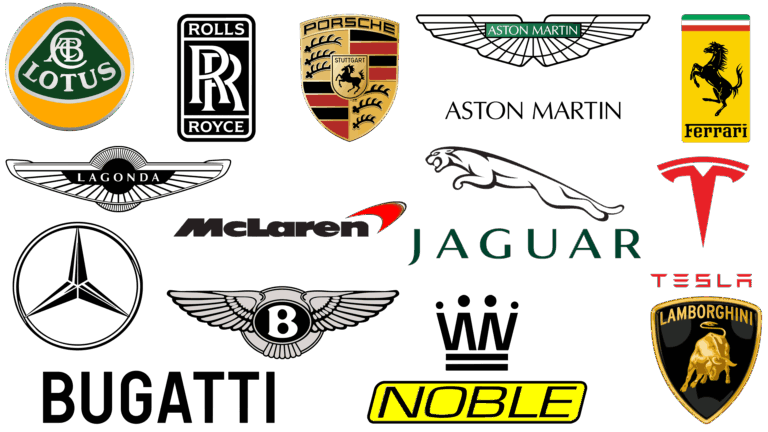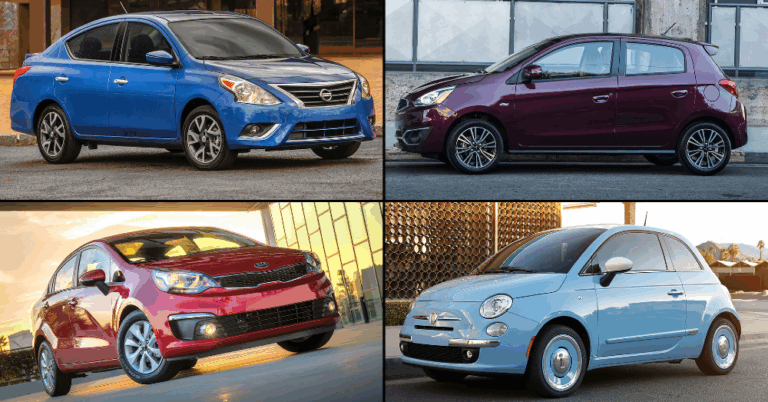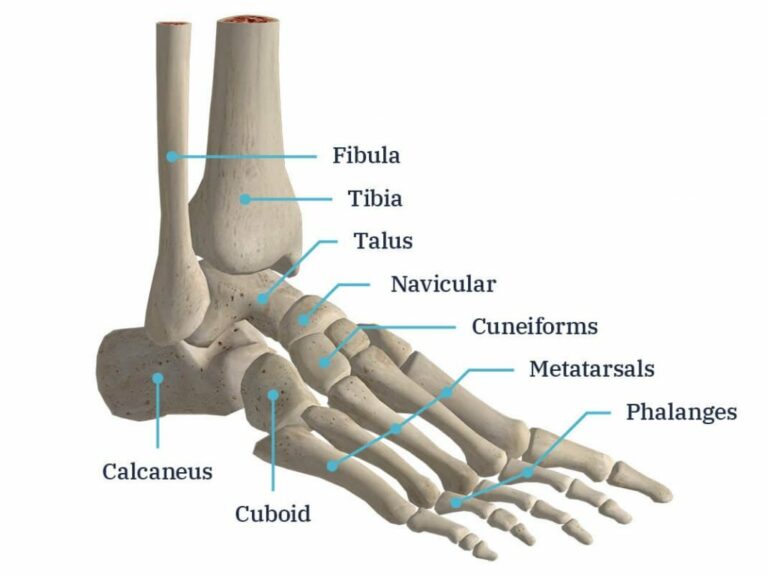American Luxury Car Brands: A Deep Dive into Comfort, Power, and Innovation
American Luxury Car Brands: A Deep Dive into Comfort, Power, and Innovation cars.truckstrend.com
For generations, American luxury cars have embodied a distinct automotive philosophy: grand presence, supreme comfort, powerful performance, and an unwavering commitment to innovative technology. While often contrasted with their European and Asian counterparts, American luxury brands have carved out their own unique niche, reflecting the expansive landscapes and aspirational spirit of the United States. They are not merely modes of transport; they are statements of success, comfort, and a certain unapologetic grandeur.
This article delves into the world of American luxury automobiles, exploring the iconic brands that have defined this segment, the unique characteristics that set them apart, their evolution through history, and what the future holds for these distinguished vehicles. Whether you’re a long-time admirer or curious about what American luxury truly offers, this guide provides a comprehensive overview.
American Luxury Car Brands: A Deep Dive into Comfort, Power, and Innovation
The Pillars of American Luxury: Iconic Brands
When discussing American luxury, three names predominantly rise to the forefront: Cadillac, Lincoln, and more recently, Tesla, each bringing a unique interpretation to the luxury segment.
Cadillac: The Standard of the World
For over a century, Cadillac has been synonymous with American luxury. Founded in 1902, the brand quickly established itself as "The Standard of the World" through precision manufacturing, advanced engineering, and opulent design. From the iconic tail-finned Eldorados of the 1950s to the Fleetwood Broughams of the 1980s, Cadillac cars were symbols of prosperity and status.
In the modern era, Cadillac has undergone a significant transformation. While retaining its emphasis on bold design and powerful engines (like the V-series performance models), it has embraced cutting-edge technology, exemplified by features like Super Cruise (GM’s hands-free driving system) and advanced infotainment. The Escalade SUV remains a titan in the luxury SUV market, known for its commanding presence and lavish interior. Looking ahead, Cadillac is leading General Motors’ electric vehicle charge with models like the striking Lyriq SUV and the ultra-luxury, hand-built Celestiq sedan, signaling a bold new "Art and Technology" design philosophy.
Lincoln: Quiet Flight and Understated Elegance
Founded by Henry M. Leland (who also founded Cadillac) in 1917 and acquired by Ford in 1922, Lincoln has long been Cadillac’s primary domestic rival. While Cadillac often projected an image of overt extravagance, Lincoln traditionally offered a more understated, elegant form of luxury. Models like the Continental, particularly the iconic 1960s four-door convertible, became legends, favored by presidents and discerning buyers alike.
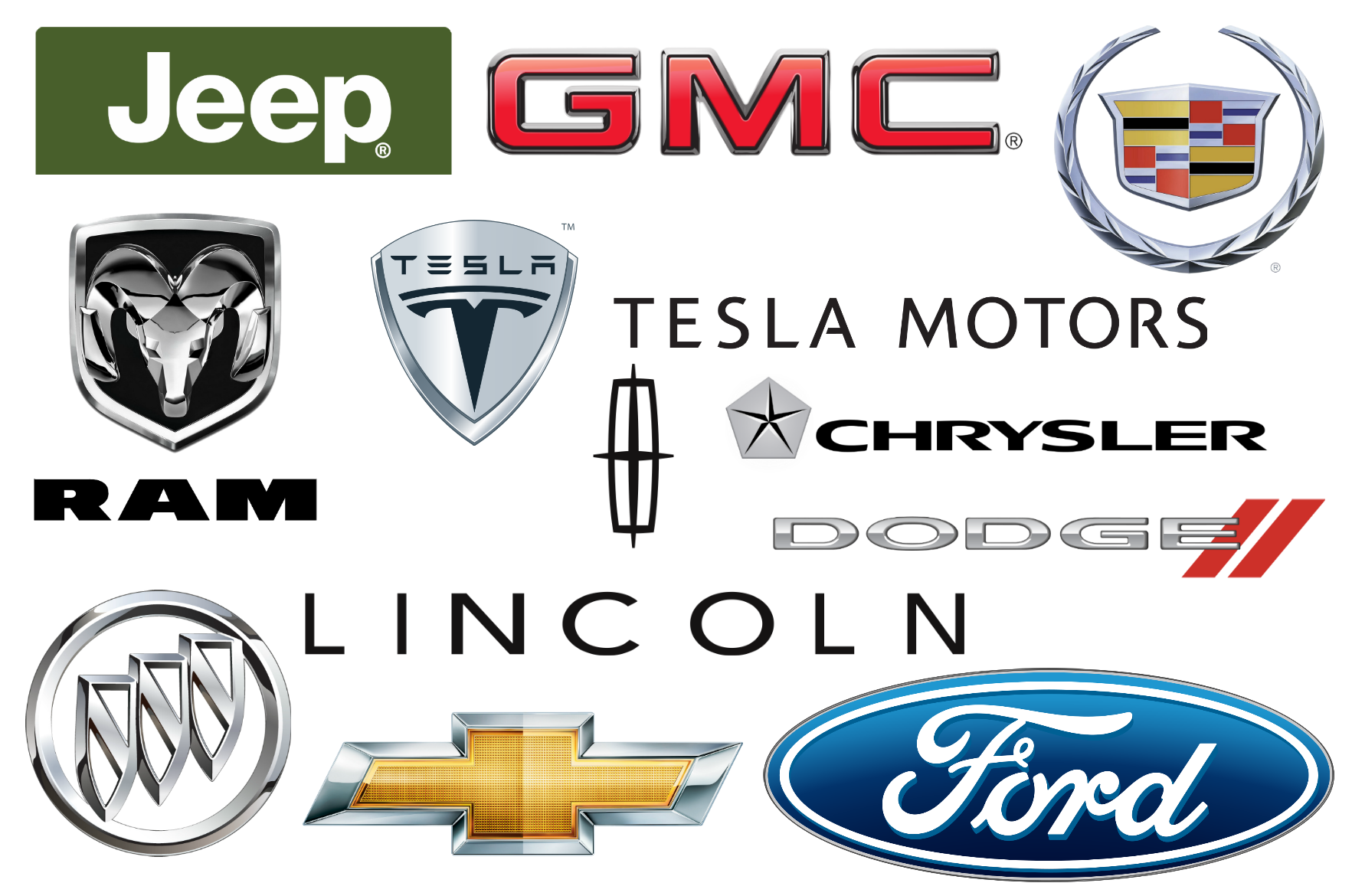
Today, Lincoln’s design philosophy is centered around "Quiet Flight" – an emphasis on serene, effortless journeys. This translates into spacious, meticulously crafted interiors, refined ride quality, and intuitive technology. Their current lineup, dominated by SUVs like the Navigator, Aviator, Corsair, and Nautilus, showcases a commitment to sophisticated design and a tranquil cabin experience. Lincoln’s "Black Label" program offers an even higher tier of personalization, service, and exclusive ownership benefits, reinforcing its premium standing.
Tesla: Redefining Luxury for the Electric Age
While not a traditional luxury brand in the vein of Cadillac or Lincoln, Tesla’s high-end models, particularly the Model S and Model X, compete directly in the luxury segment by offering unparalleled electric performance, groundbreaking technology, and a minimalist aesthetic that has redefined modern luxury. Tesla’s appeal lies in its cutting-edge software, over-the-air updates, vast Supercharger network, and a driving experience unlike any internal combustion engine vehicle. The Model S Plaid, for example, delivers supercar-level acceleration, appealing to a new generation of luxury buyers who prioritize innovation and sustainability. Tesla represents a new frontier for American luxury, one where performance and technology are paramount.
Defining Characteristics of American Luxury
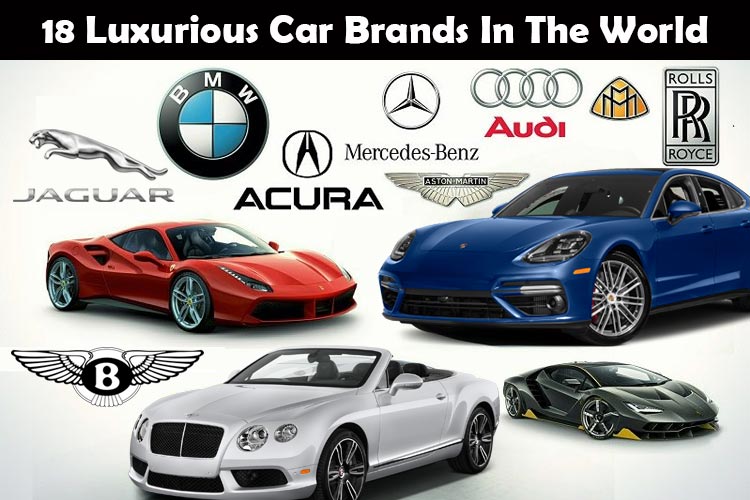
What truly sets American luxury cars apart from their global competitors? Several core characteristics define their unique appeal:
- Unparalleled Comfort and Ride Quality: Historically, American luxury cars were renowned for their "boulevard ride" – soft, plush suspensions designed to glide over imperfections and isolate occupants from the road. While modern vehicles offer more dynamic handling, the emphasis on a smooth, serene, and comfortable ride remains a hallmark, often achieved through advanced adaptive suspensions and extensive sound deadening.
- Spaciousness and Presence: American luxury vehicles are typically generous in size, offering ample interior room for passengers and cargo. Their commanding dimensions and bold styling ensure a significant road presence, making them instantly recognizable and often imposing.
- Powerful and Effortless Performance: From the V8 engines of yesteryear to the potent turbocharged and electric powertrains of today, American luxury cars have always offered robust power for effortless acceleration and cruising. This focus on smooth, abundant power contributes to a relaxed yet capable driving experience.
- Technological Innovation: American luxury brands have often been early adopters of convenience and safety technologies. From power windows and air conditioning to advanced infotainment systems, sophisticated driver-assistance features like Super Cruise, and cutting-edge EV platforms, innovation is deeply embedded in their DNA.
- Distinctive Styling: American luxury vehicles often boast bold, confident, and sometimes flamboyant designs that stand out from the crowd. Whether it’s Cadillac’s "Art and Science" sharp angles or Lincoln’s elegant "Quiet Flight" lines, there’s a clear emphasis on making a visual statement.
- Value Proposition: While still premium, American luxury cars have historically offered a compelling package of size, features, and comfort for their price point, often providing a perceived "more for your money" compared to some European rivals.
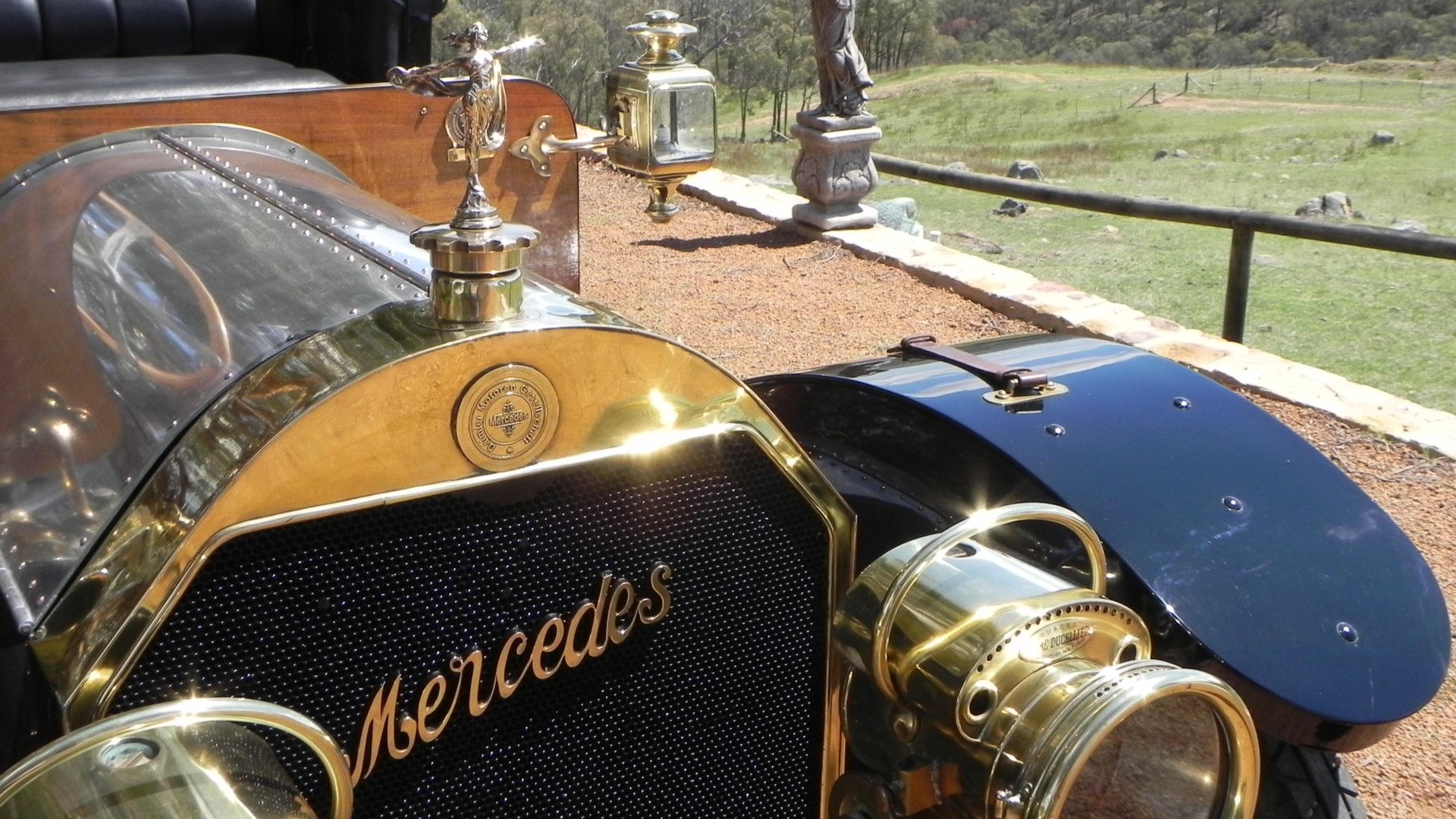
The Evolution and Modern Landscape
The journey of American luxury cars has been one of significant transformation.
Historical Context: The post-war boom saw American luxury cars reach their zenith, becoming symbols of the American Dream. Chrome, fins, and massive dimensions defined an era of optimistic extravagance.
Challenges and Decline: From the 1970s onwards, rising fuel prices, increased competition from refined European and efficient Japanese brands, and a perceived decline in quality led to an identity crisis for American luxury. Brands struggled to adapt to changing consumer tastes that favored smaller, more fuel-efficient, and dynamically superior vehicles.
Resurgence and Reinvention: The late 1990s and early 2000s marked a turning point. Both Cadillac and Lincoln embarked on ambitious redesigns, focusing on improved quality, contemporary design, and advanced technology. The rise of the luxury SUV, particularly the Cadillac Escalade and Lincoln Navigator, proved to be a massive success, capitalizing on America’s preference for large, versatile vehicles.
The Electric Future: Today, American luxury brands are at the forefront of the electric revolution. Tesla’s native EV architecture has forced traditional automakers to innovate rapidly. Cadillac and Lincoln are heavily investing in electric platforms, promising a future where American luxury combines its traditional strengths with sustainable, high-performance electric powertrains. This shift is not just about propulsion; it’s about reimagining the entire luxury experience through digital integration, autonomous features, and sustainable materials.
Choosing Your American Luxury Car: Practical Advice
Selecting a luxury vehicle is a significant decision. Here’s some practical advice for those considering an American luxury car:
- Define Your Priorities: Do you prioritize ultimate comfort, cutting-edge technology, powerful performance, or spacious utility (SUV)? Cadillac often leans towards bold performance and tech, Lincoln towards serene comfort and sophisticated design, and Tesla towards groundbreaking EV performance and digital integration.
- New vs. Certified Pre-Owned: New vehicles offer the latest features and full warranties. Certified Pre-Owned (CPO) options from Cadillac and Lincoln can provide excellent value, offering comprehensive inspections and extended warranties, mitigating some depreciation.
- Experience the Drive: A test drive is crucial. Pay attention to ride quality, interior quietness, seat comfort, infotainment usability, and how the vehicle handles. Spend time exploring the technology features.
- Consider the Dealership Experience: Luxury car ownership often extends beyond the vehicle itself. Research the dealership’s reputation for sales and service. Brands like Lincoln’s Black Label offer concierge services that enhance the ownership experience.
- Evaluate Long-Term Costs: Factor in insurance, maintenance, and potential depreciation. While luxury cars depreciate faster than mainstream vehicles, American brands can sometimes offer more competitive long-term ownership costs compared to certain European rivals.
- Embrace the Future: If you’re interested in electric vehicles, consider the charging infrastructure in your area and the range capabilities of EV models. Tesla’s Supercharger network is a significant advantage, while Cadillac and Lincoln are building out their own EV ecosystems.
Representative Starting Prices for Key American Luxury Models
Please note that these are approximate starting MSRPs for base models at the time of writing and can vary significantly based on trim levels, options, packages, market conditions, and model year changes. Always check with a local dealer for the most current and accurate pricing.
| Brand | Model | Type | Starting MSRP (Approx.) | Key Feature / Note |
|---|---|---|---|---|
| Cadillac | CT4 | Compact Sedan | $35,000 | Agile performance, sharp styling |
| CT5 | Mid-size Sedan | $39,000 | Balanced luxury and performance, Super Cruise available | |
| XT4 | Compact SUV | $38,000 | Entry-level luxury SUV, nimble and tech-forward | |
| XT5 | Mid-size SUV | $45,000 | Popular family luxury SUV, refined comfort | |
| XT6 | Full-size SUV | $50,000 | Three-row family hauler, spacious interior | |
| Escalade | Full-size SUV | $82,000 | Iconic, opulent, commanding presence, massive screen | |
| Lyriq | EV SUV | $58,000 | Cadillac’s first all-electric vehicle, striking design | |
| Celestiq | Ultra-Luxury EV Sedan | $340,000+ | Hand-built, bespoke ultra-luxury flagship, limited production | |
| Lincoln | Corsair | Compact SUV | $40,000 | Serene cabin, sophisticated design |
| Nautilus | Mid-size SUV | $50,000 | Refined comfort, intuitive technology | |
| Aviator | Mid-size SUV | $54,000 | Three-row, powerful, elegant design | |
| Navigator | Full-size SUV | $84,000 | Ultimate Lincoln luxury SUV, spacious and powerful | |
| Tesla | Model 3 | Compact EV Sedan | $40,000 | Performance-oriented EV, minimalist design |
| Model Y | Compact EV SUV | $44,000 | Popular electric SUV, versatile and efficient | |
| Model S | Luxury EV Sedan | $75,000 | Flagship performance EV, long range, advanced tech | |
| Model X | Luxury EV SUV | $80,000 | Falcon Wing doors, spacious, high performance |
Frequently Asked Questions (FAQ)
Q1: Are American luxury cars as good as German luxury cars?
A1: "Good" is subjective and depends on priorities. German luxury cars are often lauded for their precise engineering, dynamic handling, and high-speed autobahn performance. American luxury cars, on the other hand, traditionally excel in ride comfort, spaciousness, powerful engines, and bold styling. In recent years, American brands have significantly closed the gap in quality, technology, and driving dynamics, offering a distinct and highly competitive alternative.
Q2: What’s the main difference between Cadillac and Lincoln?
A2: Historically, Cadillac has been perceived as more overtly bold and performance-oriented, while Lincoln offered a more understated, serene, and elegant luxury experience. Today, Cadillac emphasizes "Art and Technology" with sharp designs and cutting-edge features like Super Cruise, while Lincoln focuses on "Quiet Flight" with tranquil interiors, intuitive technology, and a focus on effortless journeys.
Q3: Are American luxury cars reliable?
A3: Modern American luxury cars, particularly from Cadillac and Lincoln (backed by GM and Ford, respectively), have significantly improved their reliability ratings over the past two decades. They often score competitively in consumer reliability surveys. Tesla, being a newer company with rapidly evolving technology, has had more fluctuating reliability scores, though software updates often address issues. It’s always wise to research specific model year reliability.
Q4: Do American luxury cars hold their value?
A4: Like most luxury vehicles, American luxury cars generally depreciate faster than mainstream economy cars. However, their resale value is competitive within the luxury segment. Popular SUV models like the Cadillac Escalade and Lincoln Navigator tend to hold their value better than sedans. Tesla vehicles have historically held their value exceptionally well due to high demand and continuous software updates.
Q5: What’s the future of American luxury cars?
A5: The future of American luxury cars is undoubtedly electric and technologically advanced. Cadillac and Lincoln are heavily investing in EV platforms, promising vehicles with longer ranges, faster charging, and integrated digital experiences. Expect more sophisticated autonomous driving features, sustainable interior materials, and personalized ownership experiences. American luxury will continue to blend its heritage of comfort and presence with cutting-edge innovation.
Concluding Summary
American luxury car brands represent a unique and evolving segment of the automotive world. With their enduring commitment to comfort, spaciousness, powerful performance, and technological innovation, Cadillac, Lincoln, and Tesla continue to offer compelling choices for discerning buyers. From the grand presence of an Escalade to the serene elegance of a Navigator, or the futuristic performance of a Model S, these brands embody a distinct vision of automotive luxury that is continually adapting to modern demands. As they navigate the electric future, American luxury cars are poised to redefine what it means to travel in style, comfort, and technological sophistication, reinforcing their vital role in the global luxury landscape.

